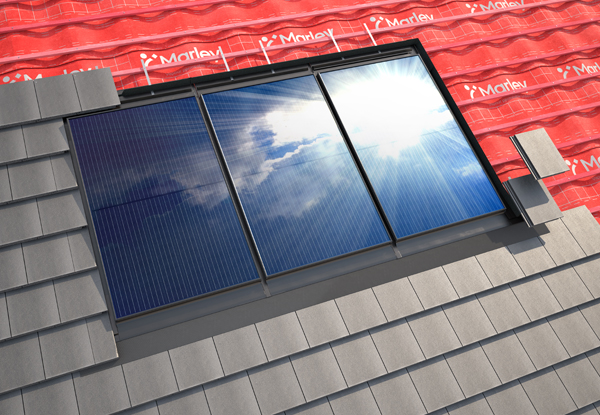Changes to Part L of the Building Regulations have been made so new homes produce 31% lower carbon emissions. It is the precursor to 2025’s Future Homes Standard which will require new homes are specified and constructed to be energy efficient, use low carbon heating solutions, and be zero carbon ready.
Part L is just one of several measures and policy interventions being implemented to future proof and improve the UK’s housing stock.
They include revisions to standards such as BS 5250 regarding the management of moisture in buildings, and the introduction of the government’s Social Housing Regulation Bill (SHRB). The Bill means that the Regulator of Social Housing will now have stronger powers to issue unlimited fines, enter properties with only 48 hours’ notice and make emergency repairs if required.
Against this changing landscape, housing associations looking to deliver a proactive strategy of housing refurbishment, retrofitting or capital investment, need to be mindful of their ongoing responsibilities. It is also important the supply chain they use provides reassurance and easy access to the range of solutions needed to meet energy efficiency, safety and performance objectives as rules change.

Renewable solutions
High performing and sustainable roofing solutions can make a real contribution to creating sustainable homes and ensure compliance with Part L regulations.
This is because improvement in energy efficiency (and lower carbon emissions) cannot simply be delivered by enhancing the building fabric solely. In the short term, solar PV on the roofscape, combined with an efficient gas boiler, appears to be one of the easiest and most cost-effective ways for housing associations to meet the new Part L carbon reduction targets.
PV technology is tried and tested, readily available and has become much more affordable in recent times. For housing associations, integrated PV roof systems, such as Marley SolarTile®, offer a more visually appealing, cost effective, and easier to install option. Replacing a section of roof tiles, integrated solutions provide a sleek aesthetic and function as a seamless part of the overall roof.
Roof fire protection
Current building regulations stipulate that any newly constructed home needs to be specified with fire protection measures in place to delay the spread of fire and allow crucial time to escape. A critical part of the fire protection when a roof is compartmentalised between adjoining homes is the role of the fire barrier.
To afford the fire protection needed, Marley’s Roof Defence fire barrier system is a simple to install and fully fire protective solution that achieves up to a 60-minute fire rating. Roof Defence features two strips of intumescent material bonded at 90 degrees, with an inverted T design, which can simply be installed under tiles and between roof battens to close all gaps in the event of fire.
Roofing ventilation
Considering SHRB, revisions to BS 5250: 2021 Management of Moisture in Buildings need to be applied to roofing underlay.
Marley’s experience is that the term ‘breathable’ underlay is often misunderstood because it suggests ventilation is not required. However, this is not the case under BS 5250. As such, whatever type of underlay is being used, housing association specifiers should ensure they include some form of supplementary low- and high-level ventilation in accordance with BS 5250 to prevent the risk of condensation build up.
Single source strategy
For ultimate peace of mind, housing associations should seek to specify a fully evaluated complete roof system. Marley’s full roof system includes JB Red battens, underlay, tiles or slates, fixings, accessories, Roof Defence fire barrier and SolarTile® alongside safety measures such as the newly launched ArcBox solar enclosure.
The full roof system is backed by a 15-year warranty and ensures every roof is fully compatible with all current regulations, including fire safety, and reduces the risk of inferior product substitution that can compromise roof performance.
For more information, download Marley’s latest whitepaper ‘Design Risk & Liability – Designing Out Risk in Pitched Roofs’ by visiting: www.marley.co.uk/designing-out-risk-in-pitched-roofing
Image © Marley
- Log in to post comments













